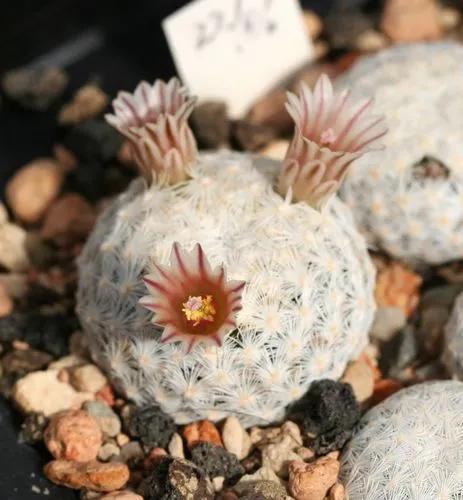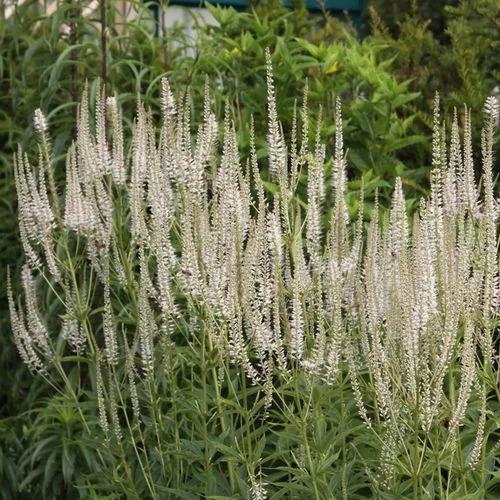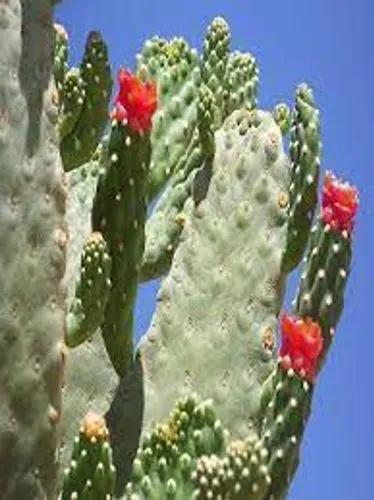This is a typical beardless Iris of subgenus Limniris, series Californicae, growing from a rhizome that is typically under a centimeter in diameter. Its leaves are about 2 centimeters (0.79 in) wide. It flowers from April to June. Flowers are usually a purplish-blue, though occasionally white or yellow flowers are found. Two or three flowers are found on each stem, which is of variable height, ranging from 15–80 centimeters (5.9–31.5 in) tall.
Douglas Iris Care
Iris Douglasiana



How to Care for the Plant

Water

Water them to maintain high soil moisture throughout the summer. If you have particularly dry soil, amend it with a product such as Miracle-Gro® Moisture Control® Garden Soil. After a year, you should only need to water your Douglas iris during dry spells, and you'll likely start to see blooms during the second year.

Pruning

Remove faded flower stems. Remove any faded or dead leaves after flowering.

Soil

Douglas Iris is native from Santa Barbara to Oregon and likes full sun near coast, afternoon shade inland, some summer water. Fast growing near the coast, but slow inland. This iris prefers richer soils, such as clay, with organic matter, and is not happy here when the winters are cold(snow) and the soil gravelly.

Additional

The roots are especially likely to be toxic

Popularity

117 people already have this plant 20 people have added this plant to their wishlists
Discover more plants with the list below
Popular articles






